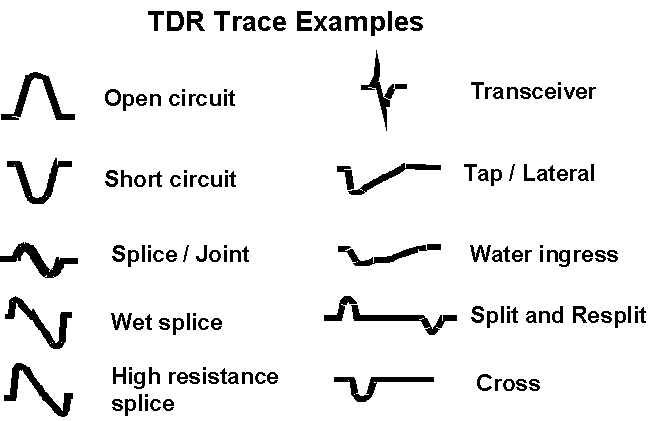qcroanoke
Sometimes I don't know if I'm the boxer or the bag
- Location
- Roanoke, VA.
- Occupation
- Sorta retired........
Went to my daughters house the other day to hang a new light in the basement
and found an open splice above the drywall. Fortunately I was able to work it into the fixture so that one is gone now.
But now I'm wondering if there are anymore hidden behind the drywall. (Basement is completly closed up) I was kind of suspicious when we looked the house over but could only open a few receptacles and
switches and all looked good.
Is there a tester or meter that can find this stuff? Everything is working so I have nothing
to go on. I have no problem cutting the drywall to fix it I just want to know where it is if anymore open splices exist.
Thanks for your help!
and found an open splice above the drywall. Fortunately I was able to work it into the fixture so that one is gone now.
But now I'm wondering if there are anymore hidden behind the drywall. (Basement is completly closed up) I was kind of suspicious when we looked the house over but could only open a few receptacles and
switches and all looked good.
Is there a tester or meter that can find this stuff? Everything is working so I have nothing
to go on. I have no problem cutting the drywall to fix it I just want to know where it is if anymore open splices exist.
Thanks for your help!



